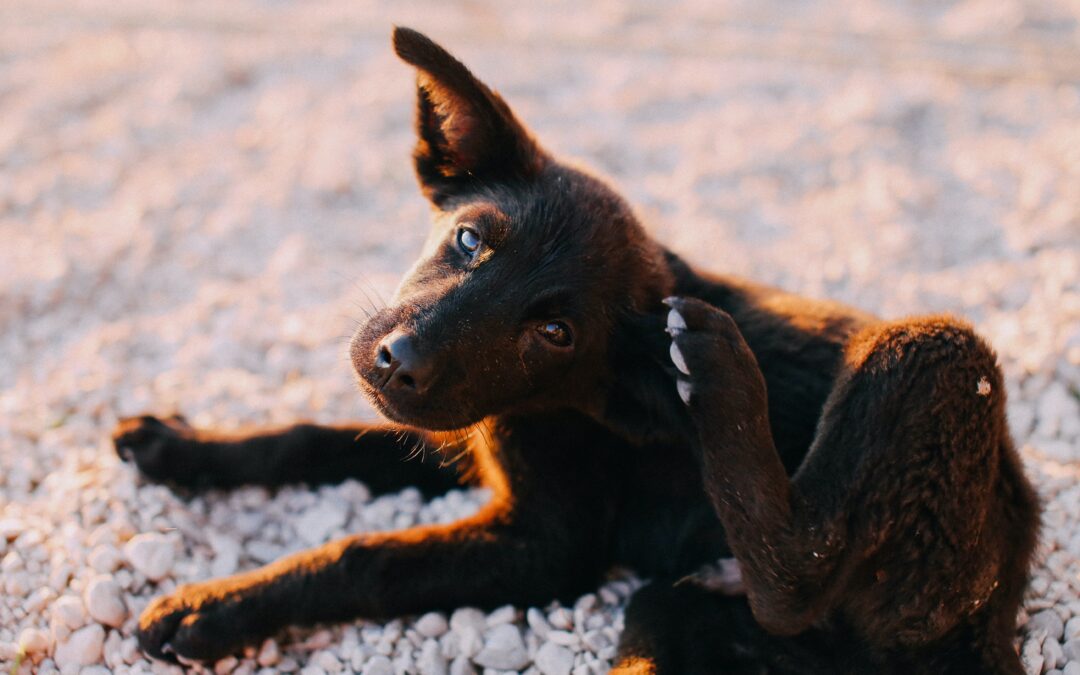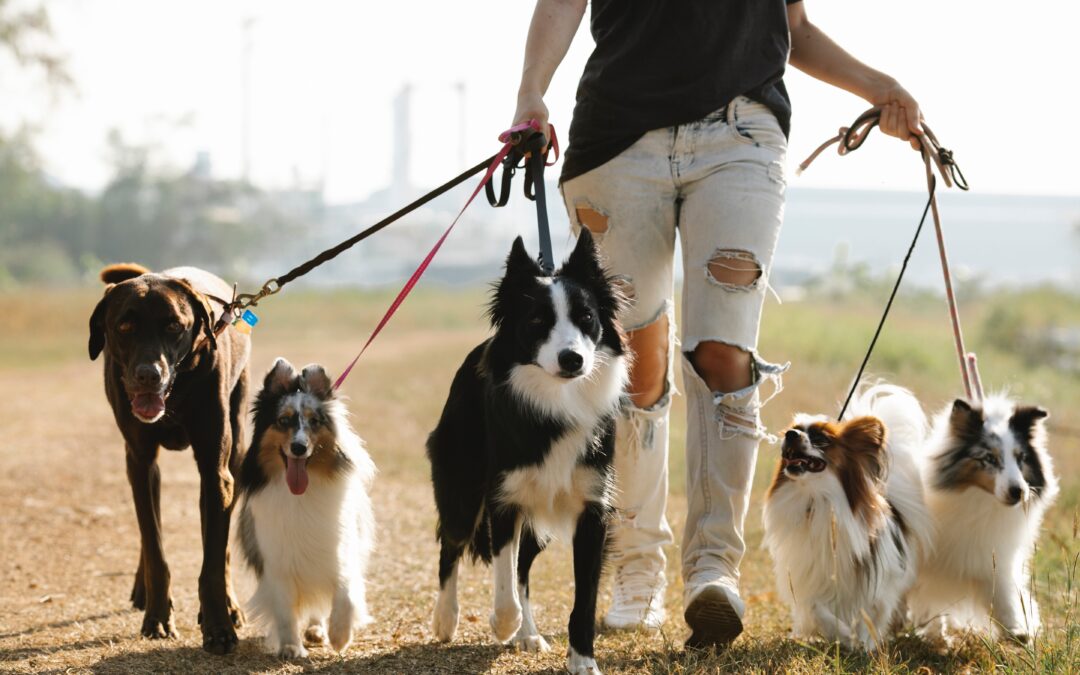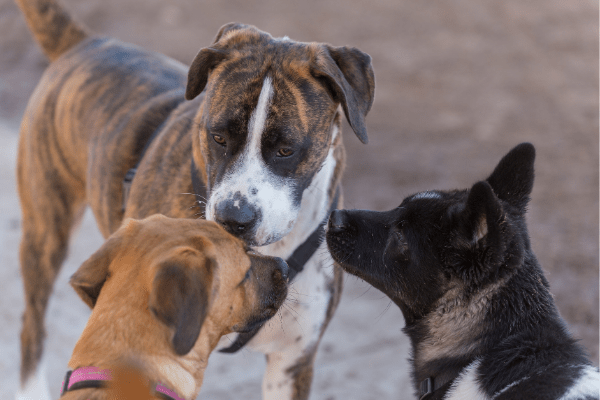Most dog owners know that the best time to socialize their dog is when they are a puppy. Dogs are at their most sensitive — and receptive — between three and twelve weeks of age, so the earlier that you can get your dog socialized, the better. After twelve weeks, it can be very difficult to get a puppy to accept anything new or unfamiliar.
Unfortunately, it’s not always possible to socialize a dog properly within this window. Whatever the reason your dog wasn’t socialized as a puppy, it doesn’t mean he has to be relegated to a life without dog friends or free play with others. Below you’ll find several tips on how to socialize adult dogs.
Walk your dog daily — and introduce them to other dogs
Dog walks are great opportunities for your four-legged friend to see and possibly meet other dogs and people, as well as practice proper behavior when out and about.
Why? Well, for one reason, because you’re just bound to run into more social situations when you’re out on a walk than when you’re at home. But walks are also wonderful for socializing dogs because they’ll have less pent-up energy due to the exercise and should be calmer and more submissive.
Remember not to pull back on the leash or yell at your dog if they bark or otherwise act up, because this increases their excitement level, makes the experience negative, and makes them associate that feeling with other dogs.
Instead, maintain calm-assertive energy and distract them with a correction, whether it’s a sound you’ve trained them with, a quick tug of the leash sideways, or touch. When all else fails, you can always calmly walk away.
Safely expose your dog to different social activities
Don’t rush things, but if you can introduce your dog to one new activity a week, it will go a long way towards helping them socialize and remain calm and well-behaved. Using a leash and muzzle helps in this regard, as does making your dog an observer at first.
For example, instead of just taking your unsocialized dog into a dog park and hoping for the best, you can expose them slowly by walking them around the outside of the fence and letting them see the dogs play and have fun.
Turn to the professionals
If your dog is not responding well to these methods, contact a professional trainer or consider taking them to a doggie daycare setting like Barking Hound Village! Our team members have experience with all breeds and temperaments and can expertly read a dog’s body language and help you determine if daycare would be helpful in socializing your dog. Our certified trainers can also help. Click here to find out more info about our trainers and what we can do for you.
When socializing your dog, the key to success is repetition and consistency. Be patient and don’t get discouraged if they don’t catch on right away. It can take longer for dogs to adapt to new situations and environments. With each new experience, be sure to create a calm, loving environment with lots of positive reinforcement and you will have a happy, confident and well-balanced dog in no time. Remember: practice makes perfect and the more successful interactions your dog has with his brethren, the easier it will get.
More Village Barker

How to Prevent Fleas
Flea prevention is an essential part of maintaining the health and well-being of dogs. Fleas are external parasites that can cause various problems, such as itching, skin irritation, and even...

Twelve Amazing Facts about Dogs
Dogs communicate through body language: Dogs use various body language cues to communicate their feelings and intentions. Tail wagging, ear position, facial expressions, and body posture are...

